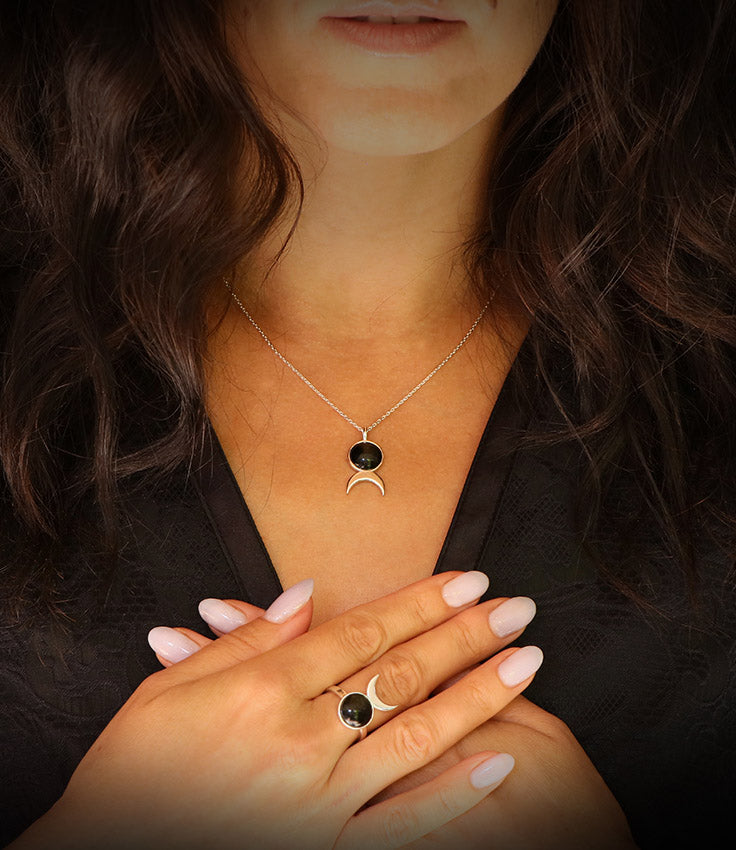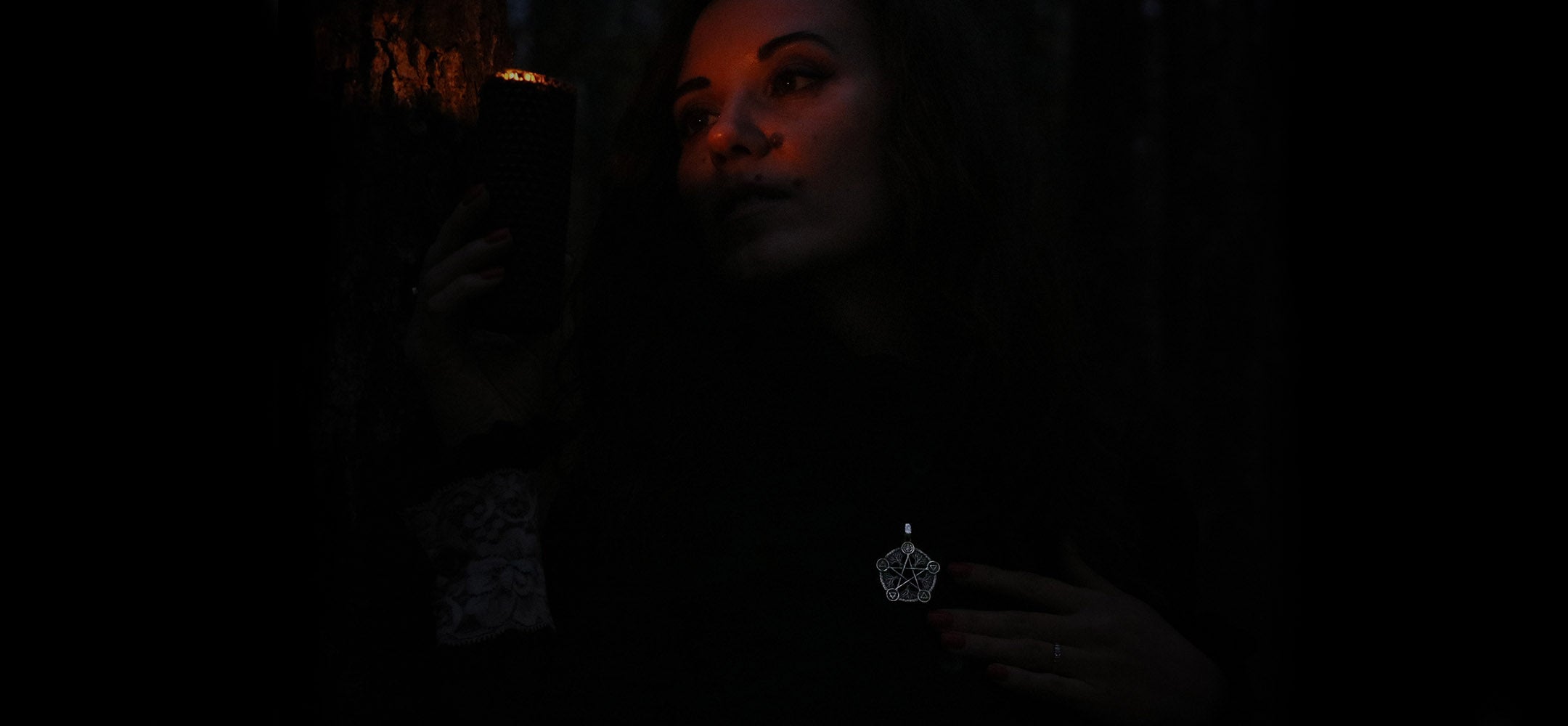The Meaning and Significance of Brigid's Cross in Celtic Spirituality
Brigid’s Cross is a powerful symbol in Irish folklore and pagan spirituality, deeply connected to the Celtic goddess Brigid. Revered as the goddess of fertility, healing, poetry, and smithcraft, Brigid’s cross is traditionally woven from rushes or straw and is most closely associated with Imbolc, a festival marking the arrival of spring and renewal, celebrated around February 1st. The cross represents protection, the cyclical nature of the seasons, and the blessings of Brigid on homes and hearths.
The Origins and Symbolism of Brigid’s Cross in Irish Tradition
The origins of Brigid’s Cross lie in both Irish pagan and Christian traditions, often crafted during Imbolc, a time devoted to Brigid’s worship. As a goddess of fire, hearth, and fertility, Brigid was called upon for warmth and protection during the harsh winter months and to bless the coming growth of spring. Her cross, made from natural materials like straw, reeds, or rushes, became a symbol of that protection.
Brigid’s Cross is commonly placed above doorways, windows, or hearths to guard against fire, illness, and evil spirits. It also symbolizes the interconnectedness of life, representing birth, death, and rebirth. The four arms of the cross are often interpreted as symbols of the four elements—earth, air, fire, and water—or the four seasons of the year.
The Christianization of Brigid’s Cross: From Goddess to Saint
As Ireland was Christianized, the goddess Brigid was merged with St. Brigid of Kildare, an abbess and patron saint of Ireland. In this context, Brigid’s Cross became associated with Christian faith, especially linked to St. Brigid’s feast day, which coincides with the pagan celebration of Imbolc. According to Christian legend, St. Brigid wove the first cross from rushes found in the house of a dying chieftain, converting him to Christianity before his death.
Though its design remains largely unchanged, the Christian Brigid’s Cross is now seen as a symbol of faith and protection, particularly from fire. It continues to be a common sight in Irish homes as a sign of blessing and safety.
How to Make Brigid’s Cross: Traditional Crafting Methods
Brigid’s Cross is traditionally crafted by weaving rushes or straw into a four-armed cross with a woven square in the center. This process typically occurs on the eve of Imbolc, as part of the rituals that honor Brigid’s presence in the home. The newly created cross is then hung to invoke blessings of protection and fertility for the coming year.
Rituals and Celebrations of Imbolc: The Role of Brigid’s Cross
Making Brigid’s Cross is a central part of the Imbolc celebrations. This festival marks the transition from winter to spring, with the cross symbolizing renewal, growth, and protection. Many families and communities come together to weave the cross, highlighting the communal and familial importance of the festival.
Once the cross is finished, it is typically hung above the hearth or in a prominent area of the home, accompanied by prayers for protection, good health, and a bountiful harvest. In some traditions, the previous year’s cross is burned in a symbolic act of purification, clearing away the old to make space for new blessings.
Brigid's Cross in Modern Times: Preserving Tradition and Symbolism
Today, Brigid’s Cross remains a strong symbol of Irish culture and spirituality. While it is often seen through a Christian lens, its pagan roots and ties to the Imbolc festival are still recognized by many neopagans and practitioners of Celtic spirituality. The act of weaving the cross continues to connect people with the cycles of nature and invoke blessings of fertility, protection, and renewal for the home and family.
Brigid’s Cross is not just an ancient artifact, but a living symbol that continues to be made and revered during Imbolc and beyond, embodying the enduring power of Brigid—both goddess and saint—and her role in the ongoing cycle of life’s renewal.






